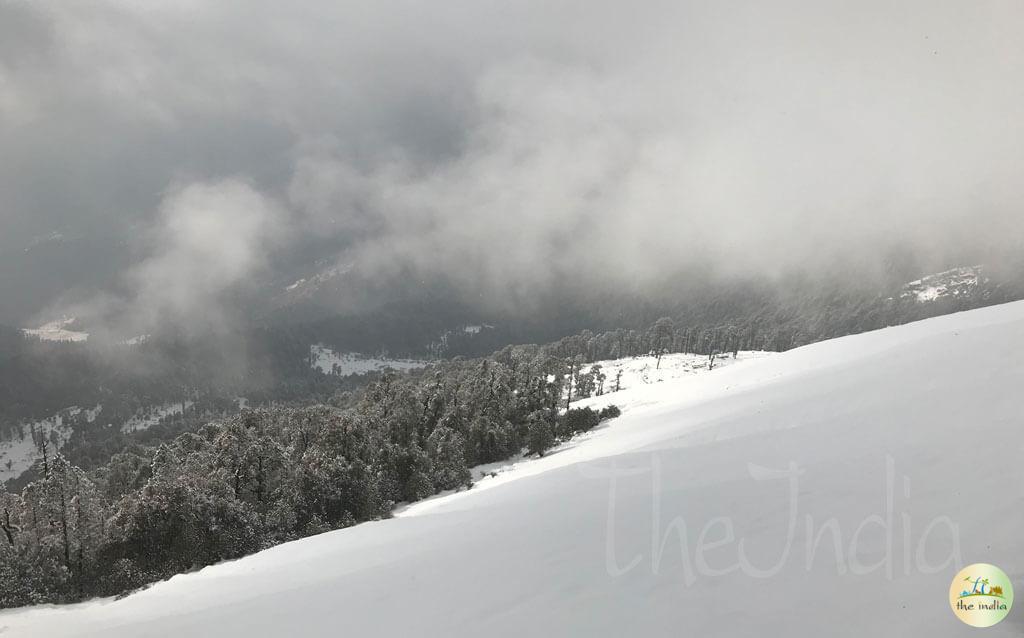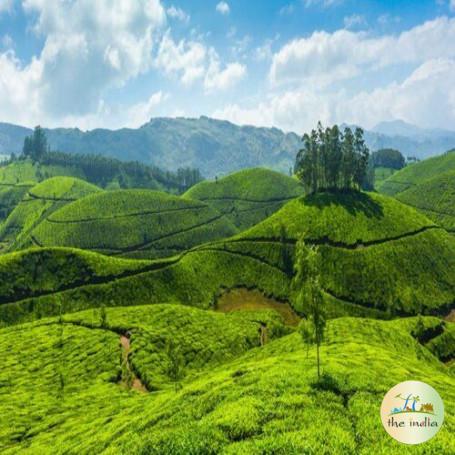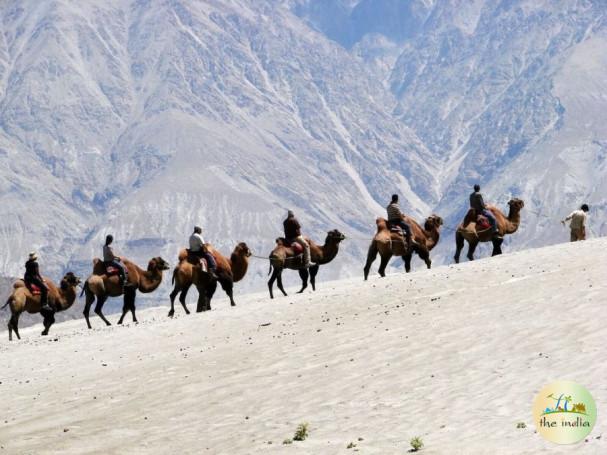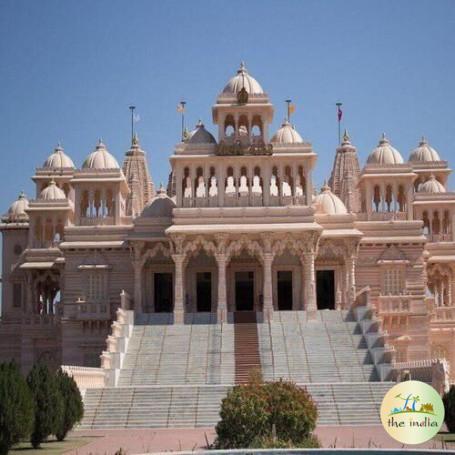Explore the best trekking destinations, engage in thrilling activities, and join expert-guided tours for an unforgettable adventure in the heart of nature.





4.5(2 Reviews)
6D/5N
5 Nights 6 Days Manali By Volvo Package Price From Delhi
![]() Himachal Pradesh, India
Himachal Pradesh, India
₹ 11,500

0(No Review)
6D/5N
Luxury Leh Ladakh Tour Package with Khardung Karzok (5 Nights-6 Days)
![]() Delhi, India
Delhi, India
₹ 30,000



0(No Review)
9D/8N
Exciting Gujarat Tour Packages from Ahmedabad (8 Nights-9 Days)
![]() Gujarat, India
Gujarat, India
₹ 35,000
Trekking in India transcends geographical boundaries, offering a diverse and thrilling adventure across all states. From the majestic Himalayas in the North to the lush greenery of the Western Ghats and the undulating landscapes of the Eastern Ghats, every region beckons with its unique charm. This activity isn't confined to specific states; it's a dynamic exploration that unveils the natural beauty, cultural diversity, and historical significance of each state. Trekking becomes a conduit for traversing remote villages, ancient pilgrimage routes, and untamed wilderness, creating an immersive experience that connects enthusiasts with the heart of India's diverse terrain.
The roots of trekking in India delve into ancient times when nomads, traders, and pilgrims traversed challenging terrains, leaving behind a tapestry of trails that weave through cultural and historical landscapes. Trekking isn't merely a physical activity; it's a cultural exploration that preserves ancient stories etched in the trails. Today, trekking serves as a bridge between nature and communities, fostering sustainable tourism and preserving the cultural heritage of remote regions. The footprints left by trekkers echo with the cultural significance of connecting with the past, creating a harmonious balance between adventure and heritage.
India, a treasure trove of diverse landscapes, boasts an array of popular trekking destinations that cater to all adventure enthusiasts. The Himalayan region, with iconic trails like Roopkund, Har Ki Dun, and Chadar, offers breathtaking mountain vistas and spiritual experiences. The Western Ghats, adorned with treks like Valley of Flowers and Kudremukh, showcase biodiversity and lush landscapes. The Eastern Ghats, hosting treks like Araku Valley and Kodaikanal, reveal hidden gems and cultural nuances. Each state, from Kashmir in the North to Kerala in the South, contributes to the diverse tapestry of trekking experiences, ensuring there's a trail for every level of trekker, from beginners to seasoned explorers.
Choosing the ideal time to embark on a trek is essential to experiencing the beauty of India's diverse landscapes at its best. In the Eastern regions like Sikkim and Arunachal Pradesh, the post-monsoon period provides optimal trekking conditions. The Western Ghats, including Maharashtra and Karnataka, unveil their charm during the winter months. The Himalayan regions, such as Himachal Pradesh and Uttarakhand, beckon trekkers in the summer and autumn, when the weather is pleasant. Down South, the Nilgiris and Western Ghats offer an ideal trekking climate in winter and early spring. Tailoring the trekking season to the region ensures trekkers witness landscapes at their most vibrant and captivating, making each journey a memorable adventure.
For going on a trek in India requires meticulous preparation, and having the right essentials and gear is crucial for a comfortable and safe journey.
Note: Each piece of gear contributes to the overall comfort and safety of the trekker, making thoughtful packing an integral part of the trekking experience.
Safety is paramount when venturing into the diverse terrains of India, and adhering to essential tips and precautions ensures a secure trekking experience.
Why so much? Because by incorporating these safety measures, trekkers can fully enjoy the adventure while minimizing risks.